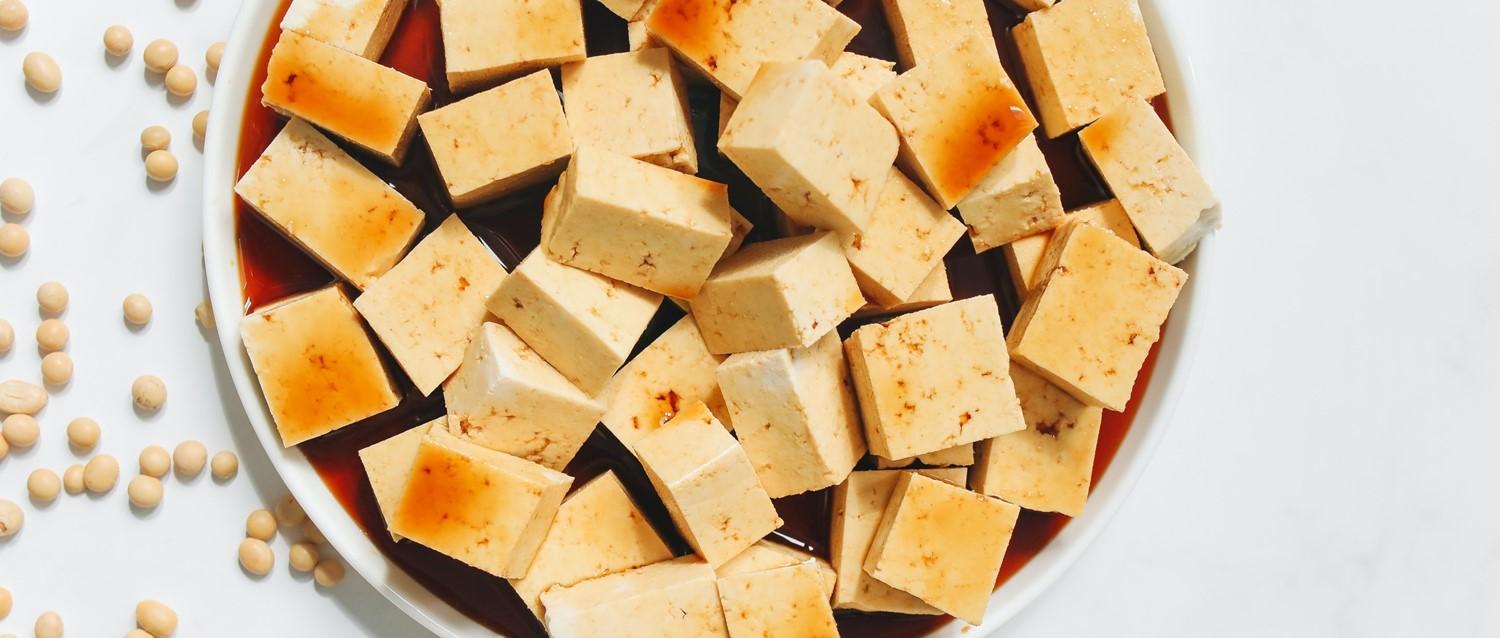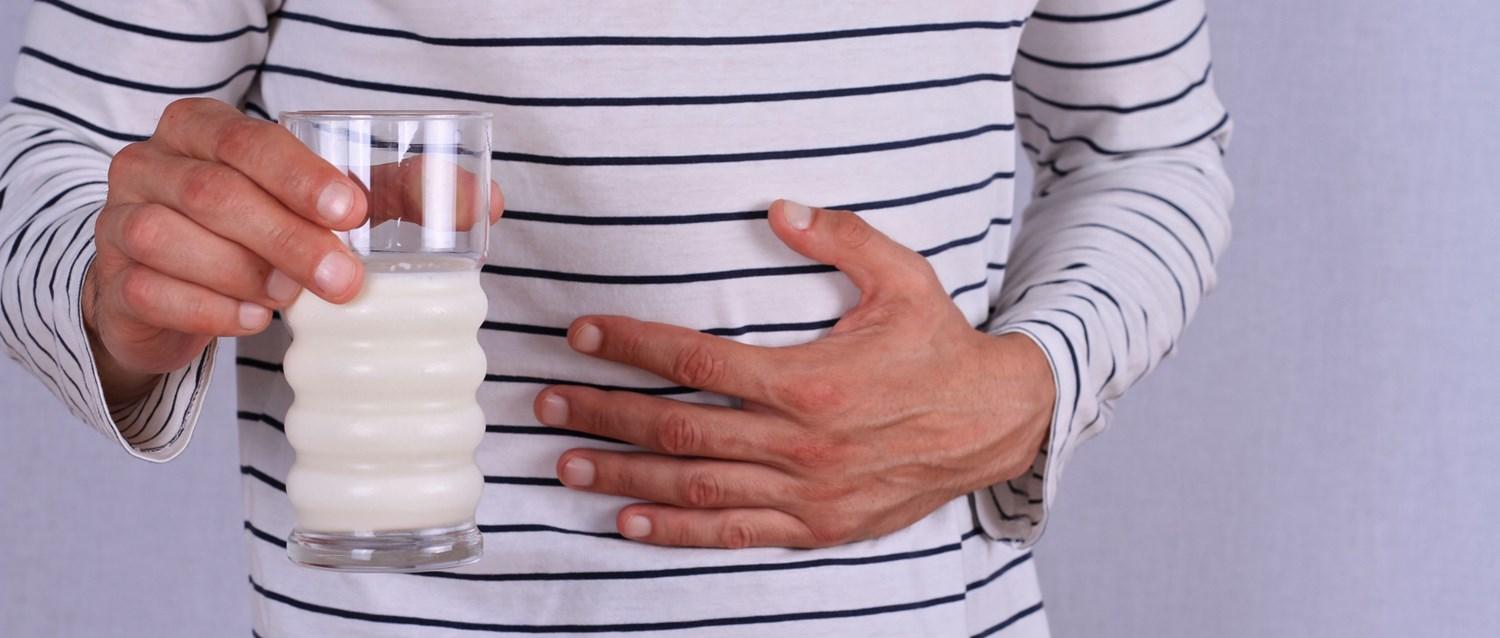
What are the signs of a cow's milk allergy in babies?
Peer reviewed by Dr Krishna Vakharia, MRCGPAuthored by Lydia SmithOriginally published 13 Oct 2022
Meets Patient’s editorial guidelines
- DownloadDownload
- Share
- Language
- Discussion
Feeding and nursing a baby can be a difficult enough journey without the added challenge of an allergy. Cow's milk allergy (CMA), or cow's milk protein allergy (CMPA), is one of the most common food allergies in children. However, there's a lot of misinformation about allergies. So, what exactly is a cow's milk allergy and what are the symptoms in babies?
In this article:
Continue reading below
What is cow's milk protein allergy?
"A cow's milk allergy is where there is an abnormal response by the body's immune system to the proteins found in milk and dairy products containing milk, resulting in allergic symptoms. Symptoms of cow's milk allergy can involve the skin, digestive system, and more rarely the respiratory system," says Emily Else, a specialist paediatric dietitian at City Dietitians.
A cow's milk allergy typically develops when cow's milk is ingested by a baby, either in formula feeding or when a baby starts eating solids.However, it can also affect babies who are exclusively breastfed because the cow's milk can pass from mother to baby through the breast milk. However this does not necessarily mean that the baby has a lactose intolerance.
What are the symptoms of a cow's milk allergy?
Immediate cow's milk allergy
There are two types of allergies depending on how the immune system reacts. "IgE mediated reaction is also known as Immediate CMA. Symptoms can occur minutes after consuming cow's milk and up to two hours afterwards," Else explains.
"Symptoms are usually severe and can include skin rashes, itching, hives, and tingling or itching around the mouth. It can also cause swelling to lips, face or around the eyes, vomiting, diarrhoea, wheezing and in the most severe cases, anaphylaxis."
Anaphylaxis is a severe and potentially life-threatening reaction to a trigger such as an allergy. Symptoms can include breathing difficulties, a fast heartbeat, confusion, collapsing and losing consciousness.
Immediate CMA can be diagnosed with a skin prick test or a blood test. If this type of allergy is suspected, the child would usually be referred to a paediatrician who would arrange for the test to be performed in hospital.
Delayed cow's milk allergy
Non-IgE mediated reaction is also known as delayed CMA. "Symptoms can occur from two hours after consuming cow's milk and up to 72 hours afterwards. Symptoms include diarrhoea, constipation, blood or mucus in poos, reflux, vomiting, eczema and slowed growth." This is the most common type of cow's milk allergy.
The best way to find out if your child has this kind of allergy is to exclude cow's milk from their diet. The milk will need to be excluded from their diet for at least two weeks to give the symptoms time to settle down.
Some babies may have a combination of the two types of allergic reaction, which can cause both types of allergic responses .
Continue reading below
Why are cow's milk allergies so common?
"It is estimated that up to 7% of babies under one year of age have a cow's milk allergy," says Else. "Globally, food allergy is on the rise and cow's milk is one of the most common allergies in childhood. It is unknown why this is but it is thought to be related to environmental factors and our lifestyle."
What to do if your baby is diagnosed with a cow's milk allergy
If your baby is diagnosed with CMA, you'll be offered medical advice by a healthcare professional or an allergy specialist on how to manage their allergy. You may also be referred to a dietitian. Treatment involves removing all cow's milk from your child's diet for a period of time.
Your GP can prescribe specialist infant formula if your baby is formula-fed. If your baby is exclusively breastfed, the mother will be advised to avoid all cow's milk products.
Most children with milk allergy will outgrow the problem by the age of five and it is not life threatening. Your child should be assessed every six to 12 months to see if they have grown out of their allergy.
Continue reading below
What is the milk ladder?
Your doctor or dietitian may recommend gradually reintroducing cow's milk products into your baby's diet when they are a year old. This process is often called the 'milk ladder' and involves introducing your baby to specific foods that contain cow's milk. The process can be used in children who have had skin or gastrointestinal problems.
However, it is important not to attempt to reintroduce cow's milk to your baby at home if they have previously suffered from breathing problems or floppiness after consuming dairy.
Patient picks for Food allergy and intolerance

Allergies, blood and immune system
Which foods should you avoid if you have a soy allergy?
A soy allergy occurs when your body reacts to soy protein. A lot of products contain soy, meaning it can be hard to avoid it completely. So, we've got all the tips on what to avoid and the symptoms to look out for in a reaction.
by Emily Jane Bashforth

Allergies, blood and immune system
Is it cow's milk allergy or lactose intolerance?
The supermarket chiller aisles are bursting with lactose-free and dairy milk substitutes these days. There's never been more choice for what to put on your cornflakes. But many people confuse the terms 'lactose intolerance' and 'cow's milk allergy'. So what's the difference?
by Dr Jennifer Kelly, MRCGP
Continue reading below
Article history
The information on this page is peer reviewed by qualified clinicians.
13 Oct 2022 | Originally published
Authored by:
Lydia SmithPeer reviewed by
Dr Krishna Vakharia, MRCGP

Ask, share, connect.
Browse discussions, ask questions, and share experiences across hundreds of health topics.

Feeling unwell?
Assess your symptoms online for free
Sign up to the Patient newsletter
Your weekly dose of clear, trustworthy health advice - written to help you feel informed, confident and in control.
By subscribing you accept our Privacy Policy. You can unsubscribe at any time. We never sell your data.